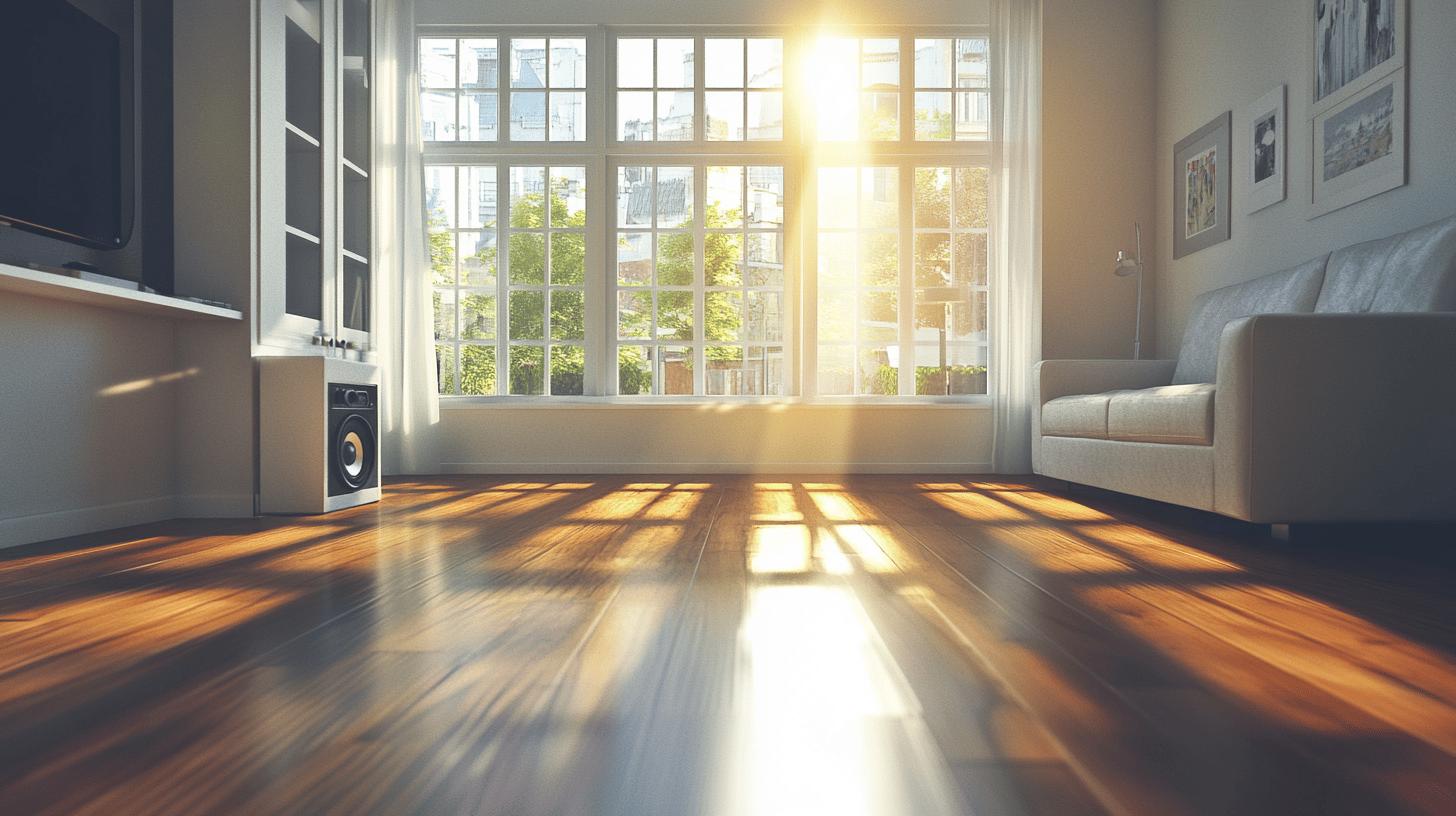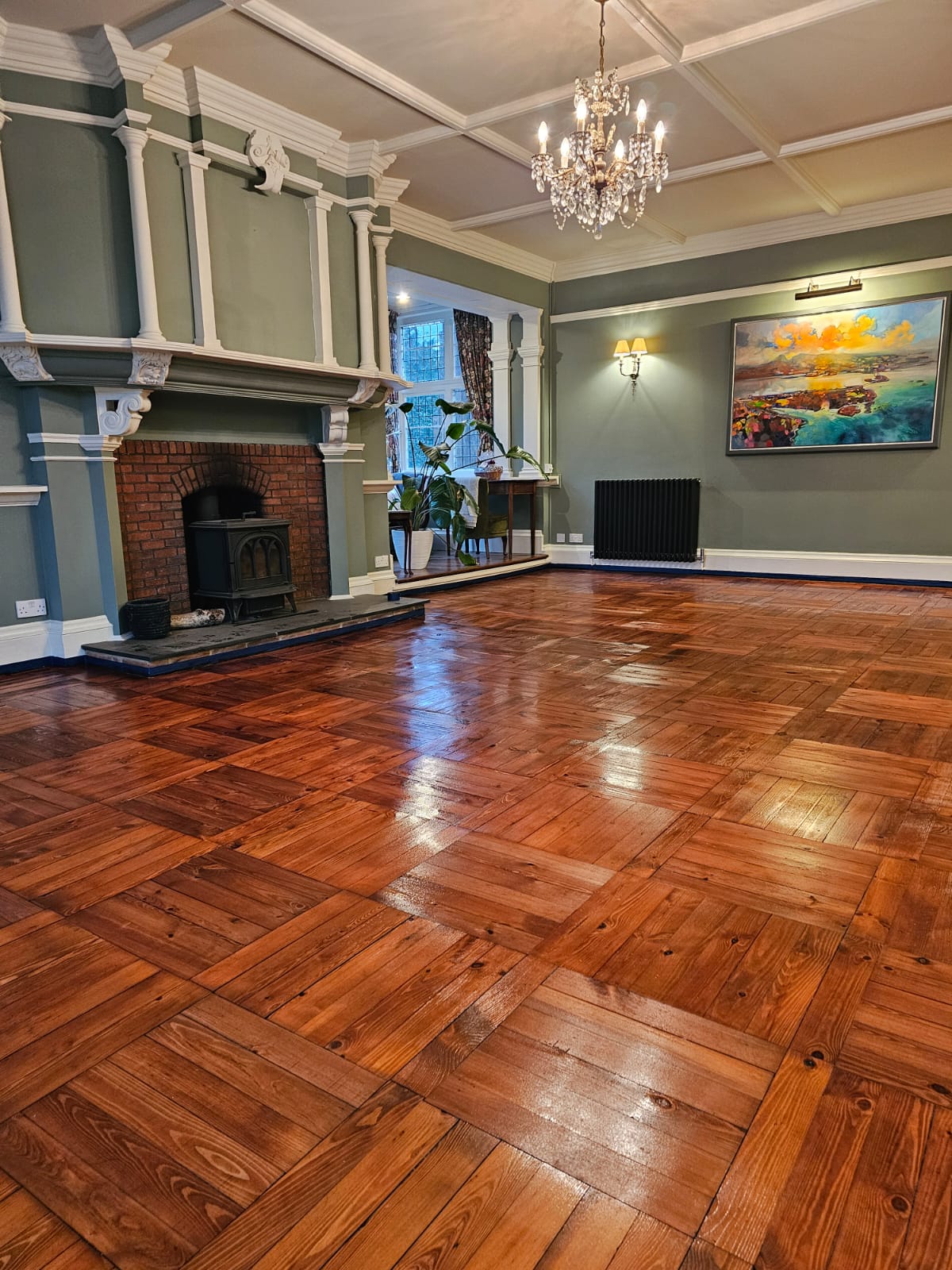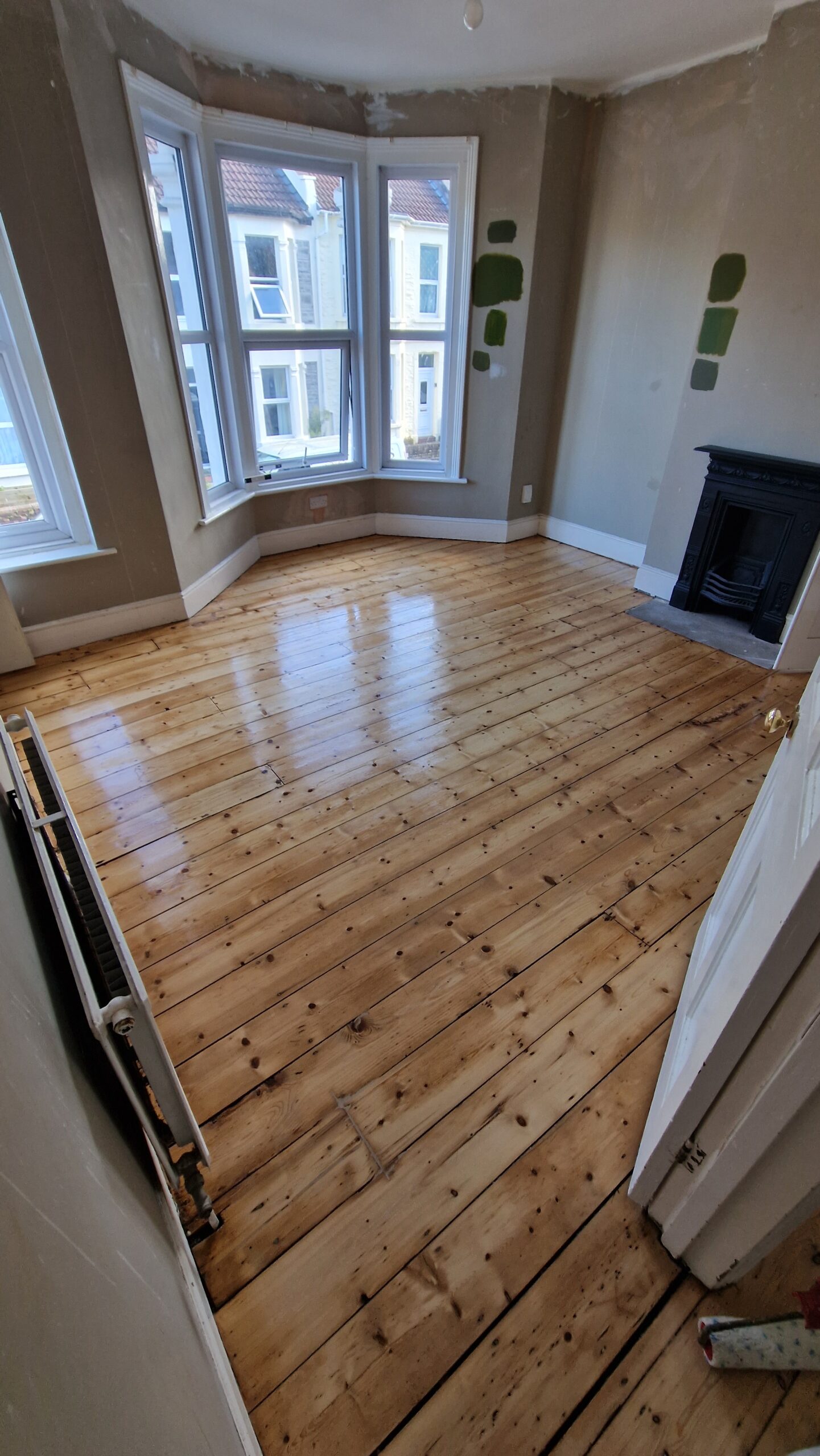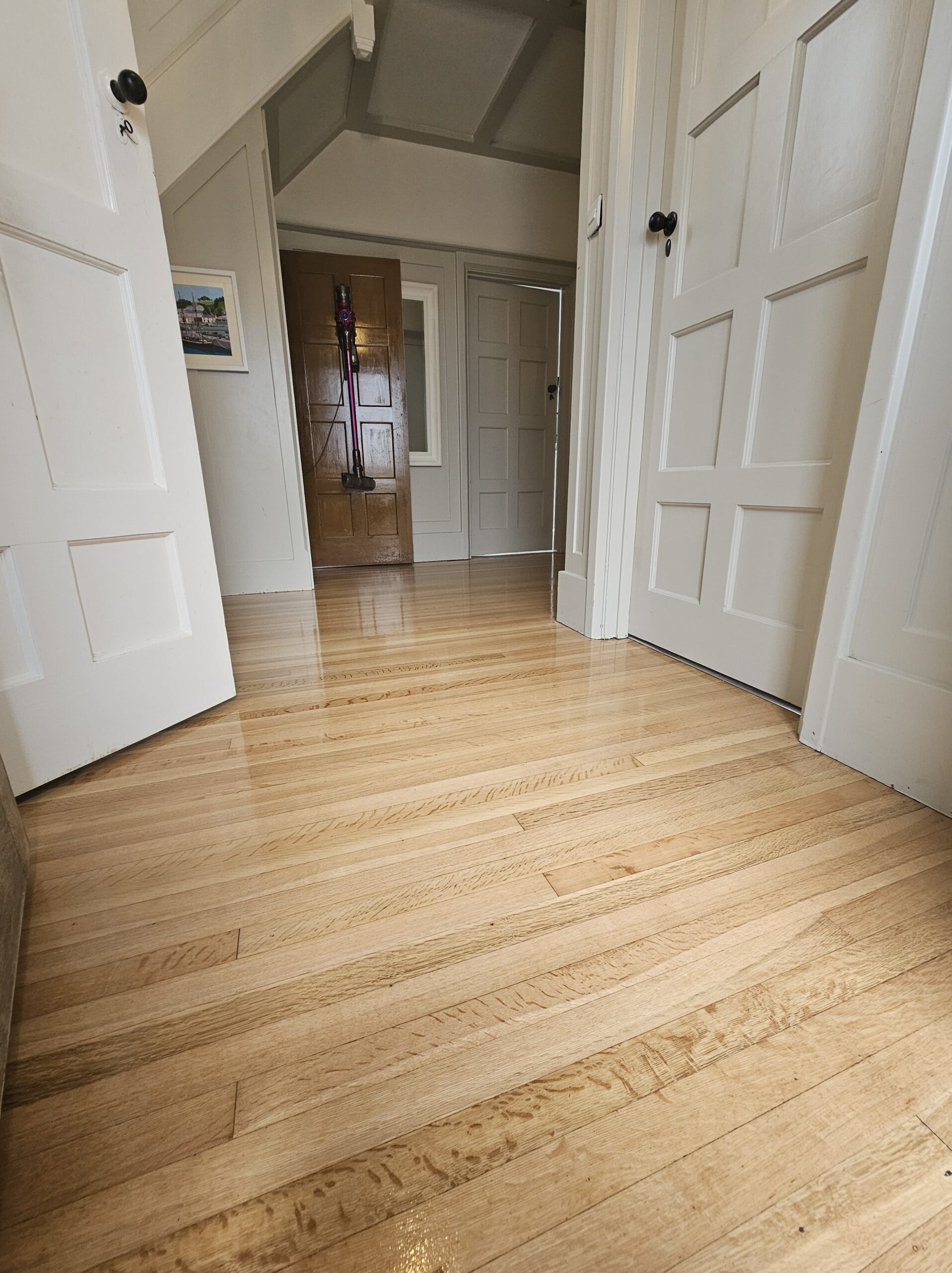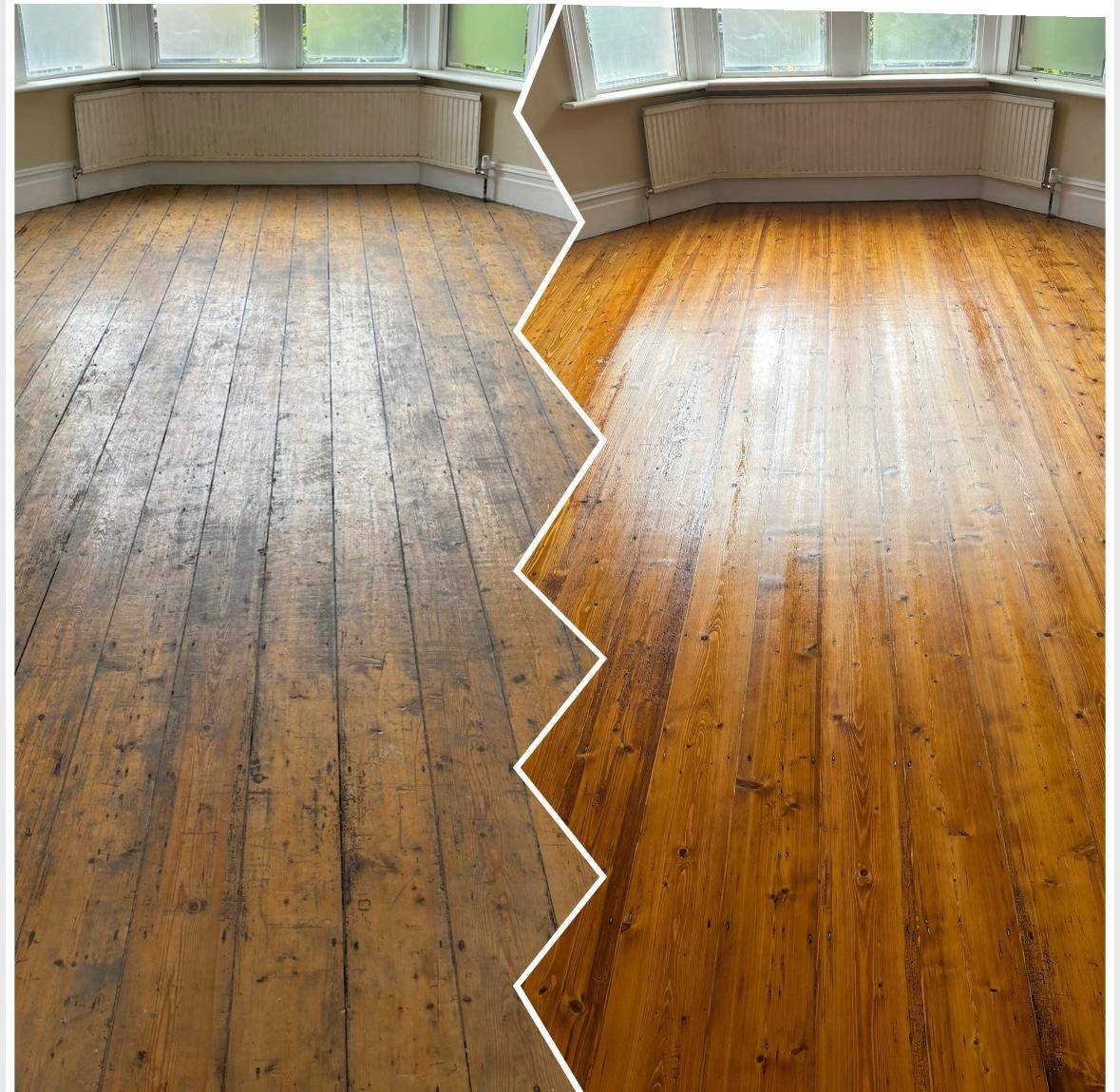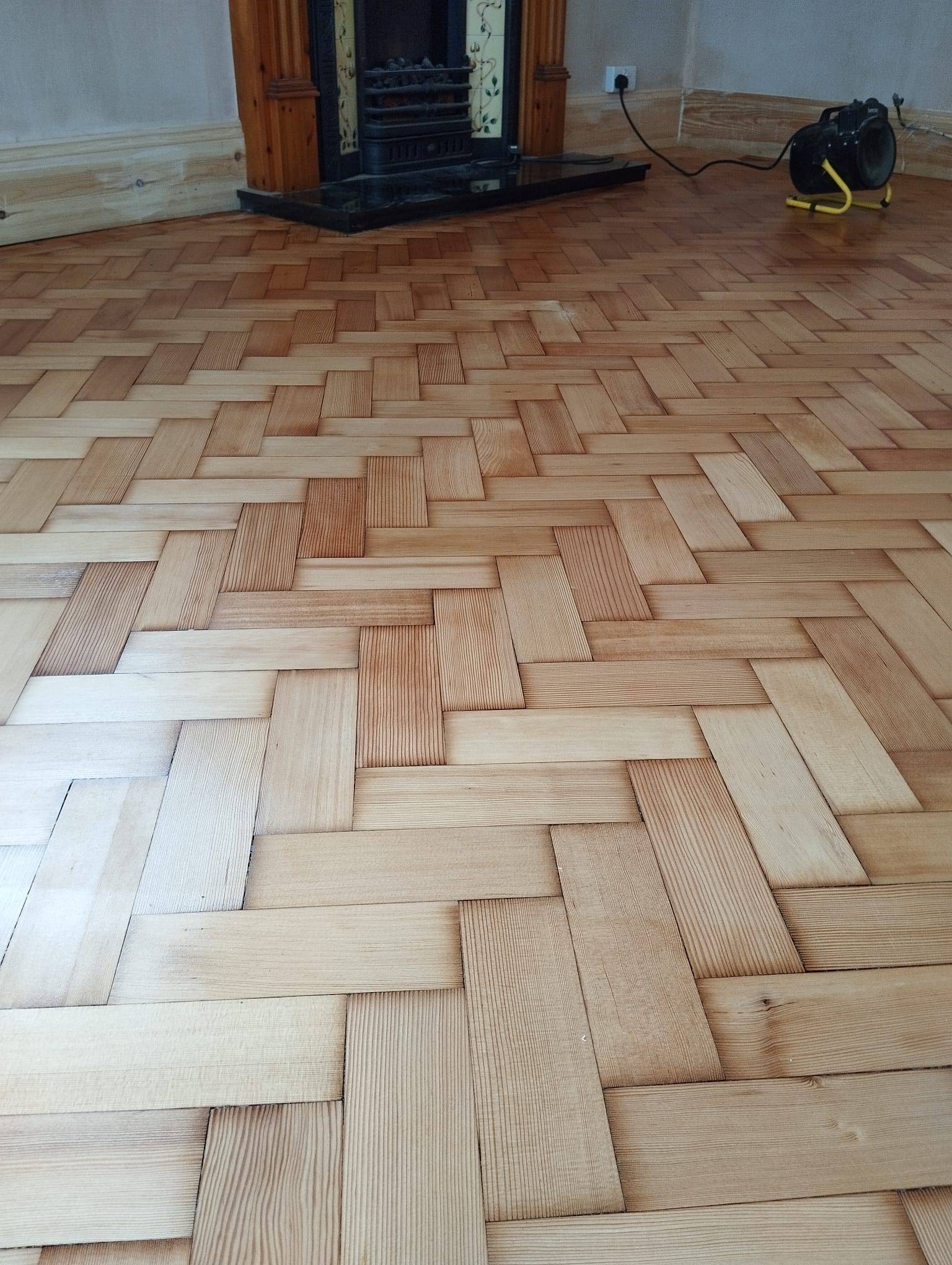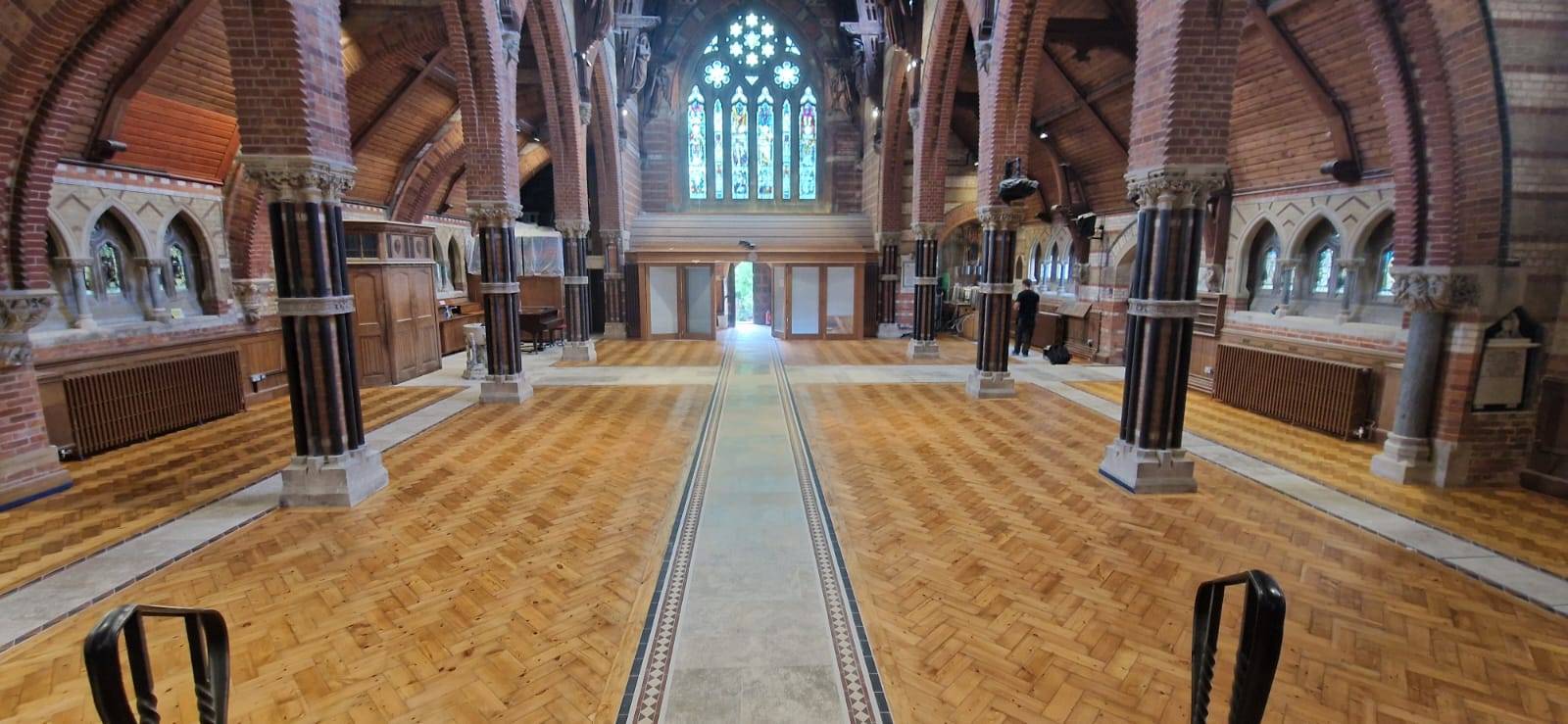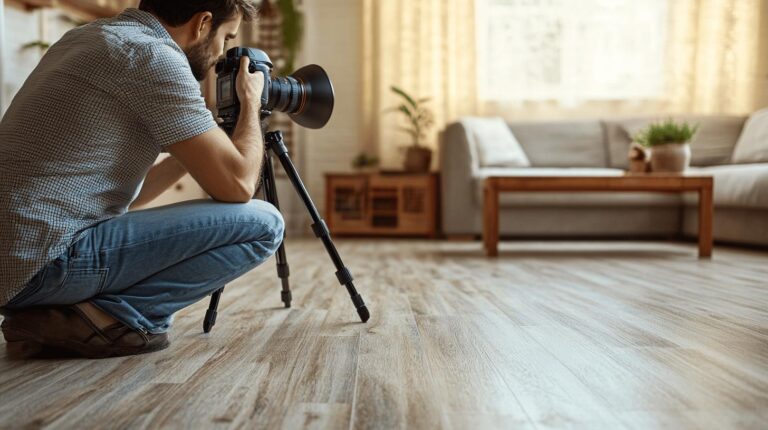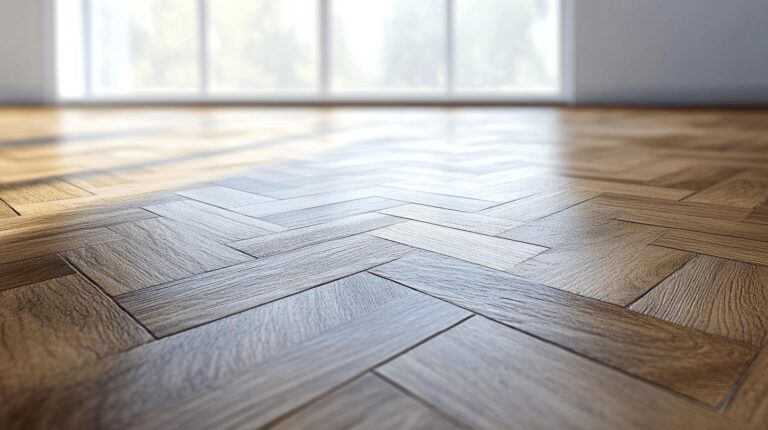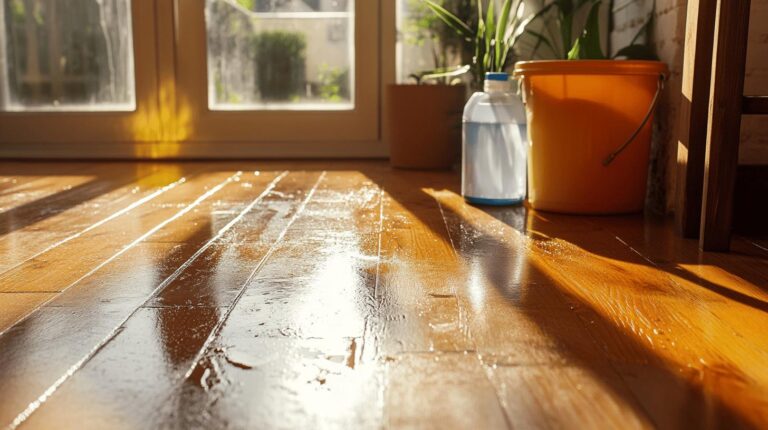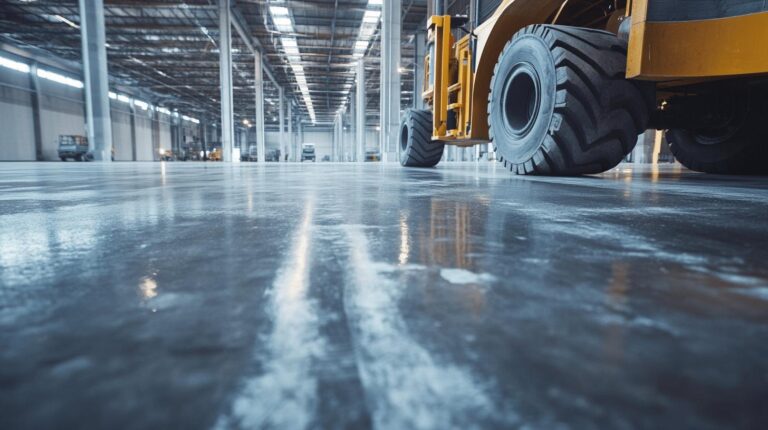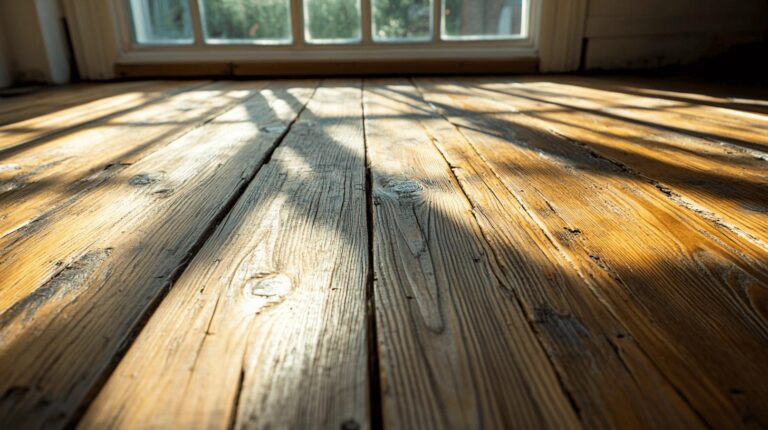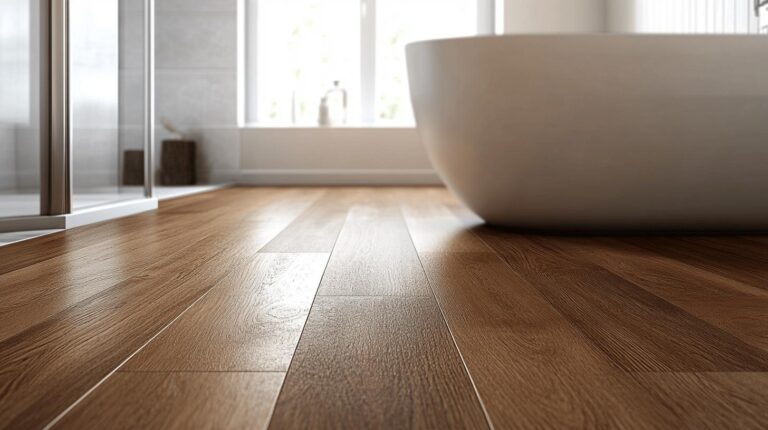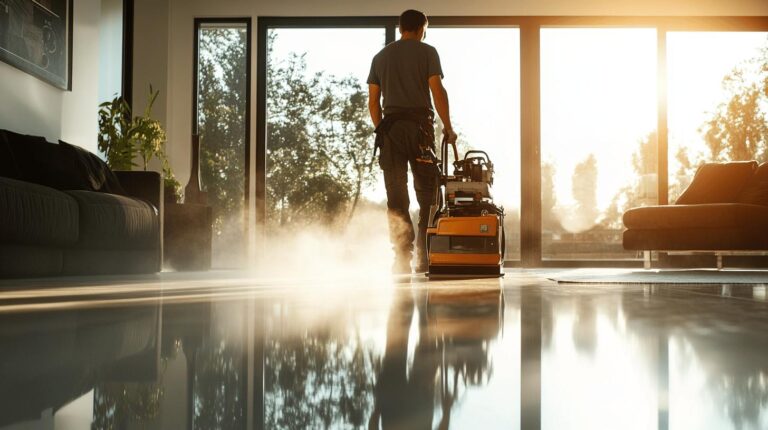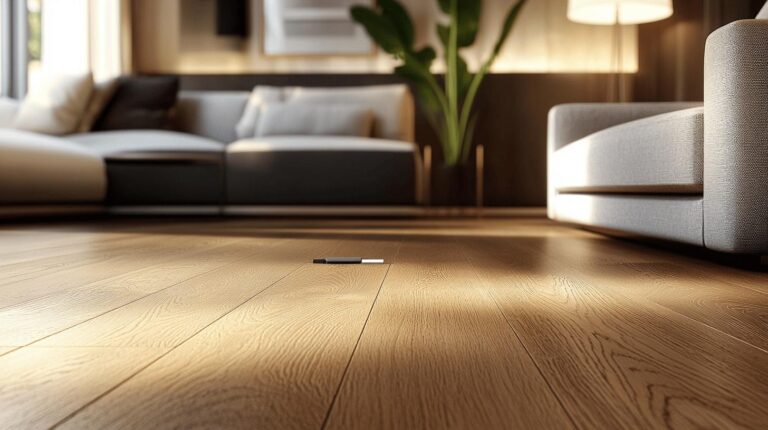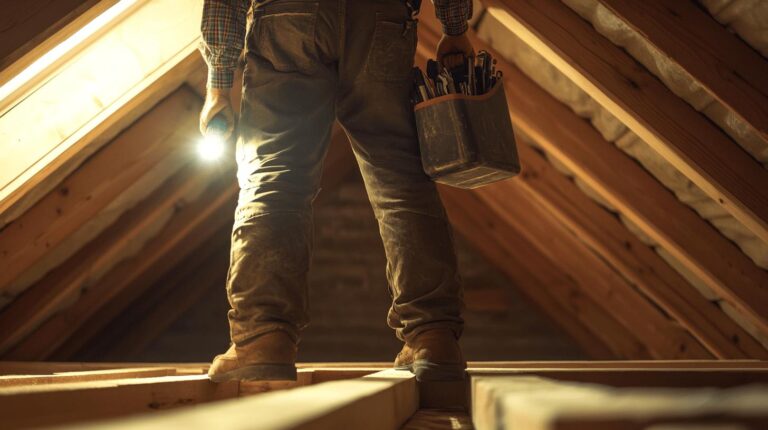Can wood floors really be the culprit of widespread noise issues in apartment buildings? Indeed, they can. While aesthetically pleasing and valued for their durability, wood floors often fall short when it comes to acoustic performance. In shared living environments, the significance of soundproofing cannot be overstated, particularly given the noise challenges they present. From the thudding of footsteps to the murmur of conversations seeping through, the acoustics of wooden floors in apartments need careful consideration. This article delves into effective sound-dampening solutions, offering insights and actionable strategies to enhance sound quality in apartment living.
Understanding Wood Floor Acoustics in Apartment Buildings
Soundproofing is essential in apartment buildings to manage noise levels and maintain harmony among residents. Wood floors, while aesthetically pleasing, are notorious for transmitting sound, making soundproofing a critical consideration. In buildings like Victorian and Edwardian flats, minimising noise transmission is particularly challenging due to their older construction and design. Proper soundproofing not only enhances living conditions but also prevents potential disputes with neighbours, which can escalate to legal issues if unaddressed. The primary challenge with wood floors lies in their ability to amplify both impact sounds and airborne noises. This makes understanding the specific type of noise crucial for selecting the right soundproofing method.
Impact noise and airborne noise are the two main categories of sound that can affect flats. Impact noise arises from physical interactions with the floor, such as footsteps or furniture movement. Airborne noise, on the other hand, is sound that travels through the air, like conversations or music. Each type of noise requires different approaches to soundproofing. For example, reducing impact noise often involves adding materials that absorb vibrations, while mitigating airborne noise may necessitate barriers that block sound waves. Recognising these distinctions is vital for implementing effective acoustic solutions in apartment settings.
- Impact noise from footsteps and moving furniture
- Airborne noise from voices and music
- Disturbances from dropped items or high heels
- Lack of privacy due to thin walls and floors
Effective Sound-Dampening Solutions for Wood Floors
Impact Sound Reduction Membranes and fully soundproofed subfloors are among the most effective solutions for reducing noise in apartment buildings with wood floors. These materials are designed to tackle the unique challenges posed by wood’s tendency to transmit sound. Impact Sound Reduction Membranes, often made from dense rubber or foam, can be applied directly beneath the flooring surface. They primarily mitigate impact noise, such as footfall, by reducing sound transmission by approximately 28 decibels. Full soundproofing systems, which involve removing the existing subfloor and installing acoustic mineral wool between joists, can achieve a reduction of up to 60 decibels. This approach addresses both impact and airborne noise, offering a comprehensive solution.
The effectiveness of these sound-dampening solutions is proportionate to their cost and installation complexity. Impact Sound Reduction Membranes are less intrusive and more cost-effective, making them an attractive option for those with budget constraints. They are relatively easy to install, often not requiring substantial changes to the existing floor structure. In contrast, full soundproofing systems represent a more significant investment, both in terms of financial cost and the level of disruption during installation. The process involves lifting the floorboards and inserting sound-absorbing materials, which can be costly but results in superior noise control.
When comparing soundproof underlays to complete subfloor transformations, several factors should be considered. Soundproof underlays are versatile and can be integrated into many flooring types without extensive alterations. They offer adequate noise reduction for most apartment settings, especially when impact noise is the primary concern. However, for environments where both impact and airborne noise need to be addressed comprehensively, full subfloor transformations provide a more robust solution. This method, while more disruptive, ensures maximum acoustic insulation and is ideal for spaces where quietness is paramount.
Installation Methods for Soundproof Wood Floors
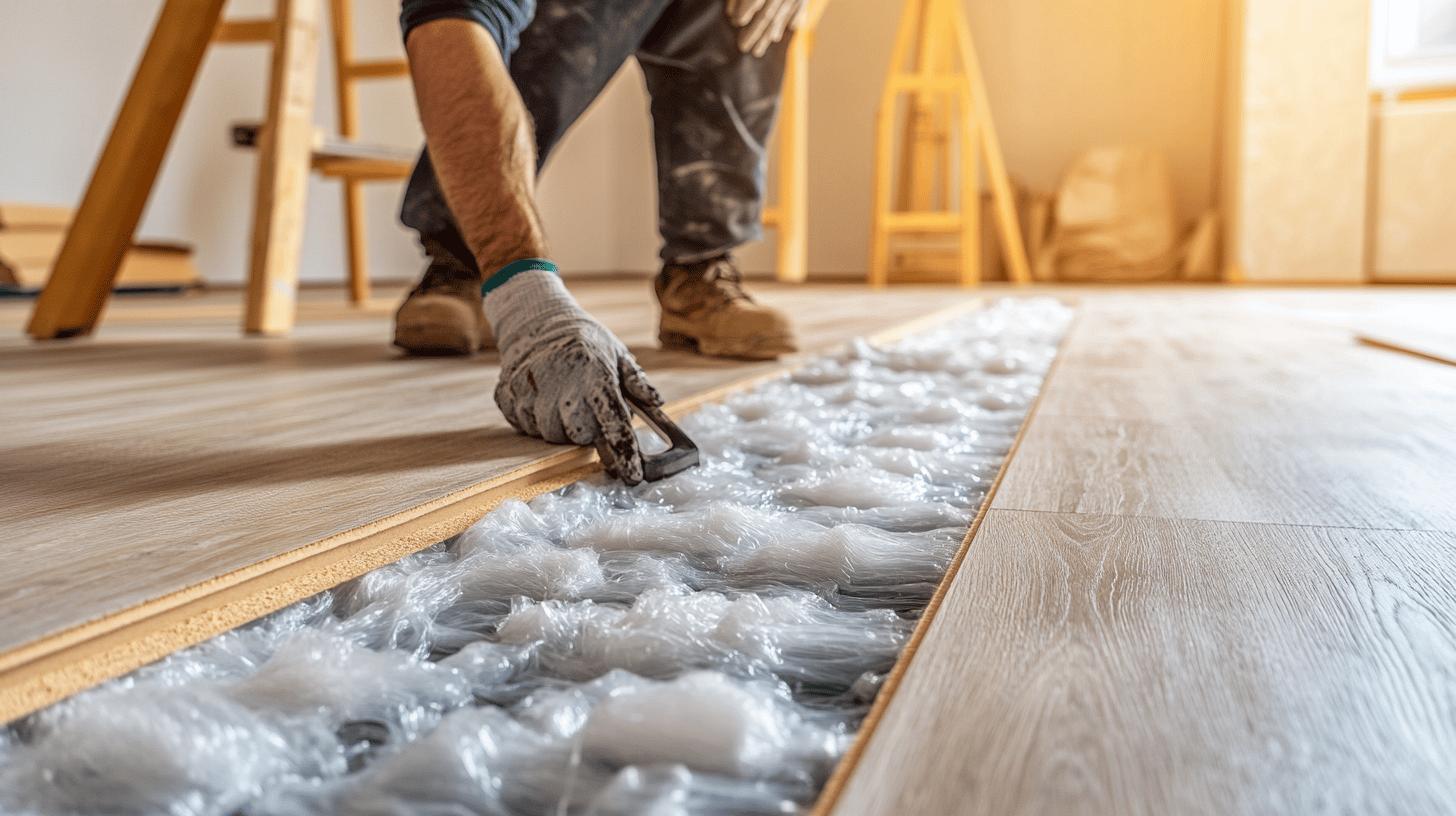
The installation of soundproof wood floors can be achieved through two primary methods: glued membranes and floating systems. For glued membrane installation, the process begins with preparing the subfloor by ensuring it is clean and level. A layer of plywood is then glued onto the subfloor to create a stable base. Once the plywood is secured, the soundproof membrane is applied, which can be either glued down for increased stability or left as a floating layer. The glued option is often preferred to ensure a robust and long-lasting soundproof barrier. Floating systems, on the other hand, involve laying the membrane directly over the existing floor without adhesive, allowing the flooring to “float” above the membrane. This method offers flexibility and ease of installation, though it may provide slightly less noise reduction compared to glued systems.
Full soundproofing involves a more complex and invasive process, requiring the removal of the existing subfloor to access the joists. Once exposed, acoustic mineral wool is installed between the joists, effectively absorbing airborne noise and vibrations. This step is crucial for achieving maximum noise reduction, particularly in older buildings with insufficient soundproofing measures. After the mineral wool is in place, the subfloor is replaced with new boards, and additional soundproof materials, such as joist caps and acoustic strips, are added to enhance noise isolation further. This comprehensive approach, while more costly and time-consuming, provides unparalleled soundproofing capabilities, ensuring a significant improvement in noise levels within the apartment.
Installation Tips
- Use a 70-kilo roller to ensure the soundproof membrane adheres firmly to the subfloor, preventing any air gaps.
- Ensure the subfloor is completely clean and level before installation to avoid any inconsistencies in the floor’s surface.
- Choose the appropriate membrane type (glued or floating) based on the desired level of noise reduction and installation complexity.
- Consider professional installation for full soundproofing systems due to the complexity and precision required in removing and replacing subfloors.
Case Studies: Successful Soundproofing in Apartment Buildings
The Camden project serves as an exemplary case study in apartment noise control, showcasing the effectiveness of soundproofing retrofits. This project utilised acoustic mineral wool and joist caps to significantly reduce noise levels within the building. By inserting dense fibre matting between joists, the airborne sound was absorbed, resulting in a quieter living space. Additional measures, such as the use of joist caps, further insulated the structure, preventing sound from traversing through the floors. The outcome was a marked decrease in both impact and airborne noise, enhancing the comfort and privacy of residents.
Proper soundproofing not only improves the quality of life but also mitigates the risk of legal disputes, which can be both costly and time-consuming. An infamous case highlighted the consequences of inadequate soundproofing, leading to a £1 million legal bill over noise disputes. This underscores the importance of implementing effective soundproofing solutions from the outset. By addressing noise issues proactively, building owners and residents can avoid conflicts and create a harmonious living environment.
- The Camden project successfully reduced noise using acoustic mineral wool and joist caps.
- Another project demonstrated improved living conditions through comprehensive soundproofing measures.
- Effective soundproofing interventions have prevented costly legal disputes and enhanced resident satisfaction.
Choosing the Right Soundproofing Materials
Soundproofing materials play a crucial role in enhancing the acoustic quality of apartments, particularly where wood floors are involved. Among the commonly used materials are acoustic mineral wool, high-density foam underlays, and mass-loaded vinyl. Acoustic mineral wool is renowned for its ability to absorb airborne sound due to its dense fibre composition, making it ideal for reducing noise transmission through floors and walls. High-density foam underlays provide effective impact noise reduction, such as footsteps, by cushioning vibrations. Mass-loaded vinyl is a versatile material that balances both airborne and impact sound absorption, offering significant noise reduction properties. Each material exhibits unique acoustic properties that cater to different soundproofing needs.
When evaluating these materials, it is essential to consider their pros and cons, including cost and environmental impact. Acoustic mineral wool, while highly effective, can be more expensive than other options and may require professional installation. However, it offers superior sound absorption and is often considered eco-friendly due to its composition from recycled materials. High-density foam underlays are generally more affordable and easier to install, making them a popular choice for DIY projects, although they may not offer the same level of noise reduction as mineral wool. Mass-loaded vinyl sits at a moderate price point, providing a balanced solution for both impact and airborne noise, though it can be heavier and less environmentally friendly due to its composition.
Selecting the right soundproofing materials for an apartment requires careful consideration of specific needs and budget constraints. For spaces primarily affected by impact noise, such as those with heavy foot traffic, high-density foam underlays may offer the necessary reduction at a lower cost. Alternatively, apartments with significant airborne noise issues might benefit more from the use of acoustic mineral wool despite the higher expense. Mass-loaded vinyl serves as a middle ground, providing comprehensive soundproofing for a range of noise types. Ultimately, the choice of material should align with the specific acoustic challenges faced within the apartment, balancing effectiveness, cost, and environmental considerations.
Cost Analysis and Considerations for Soundproofing Wood Floors
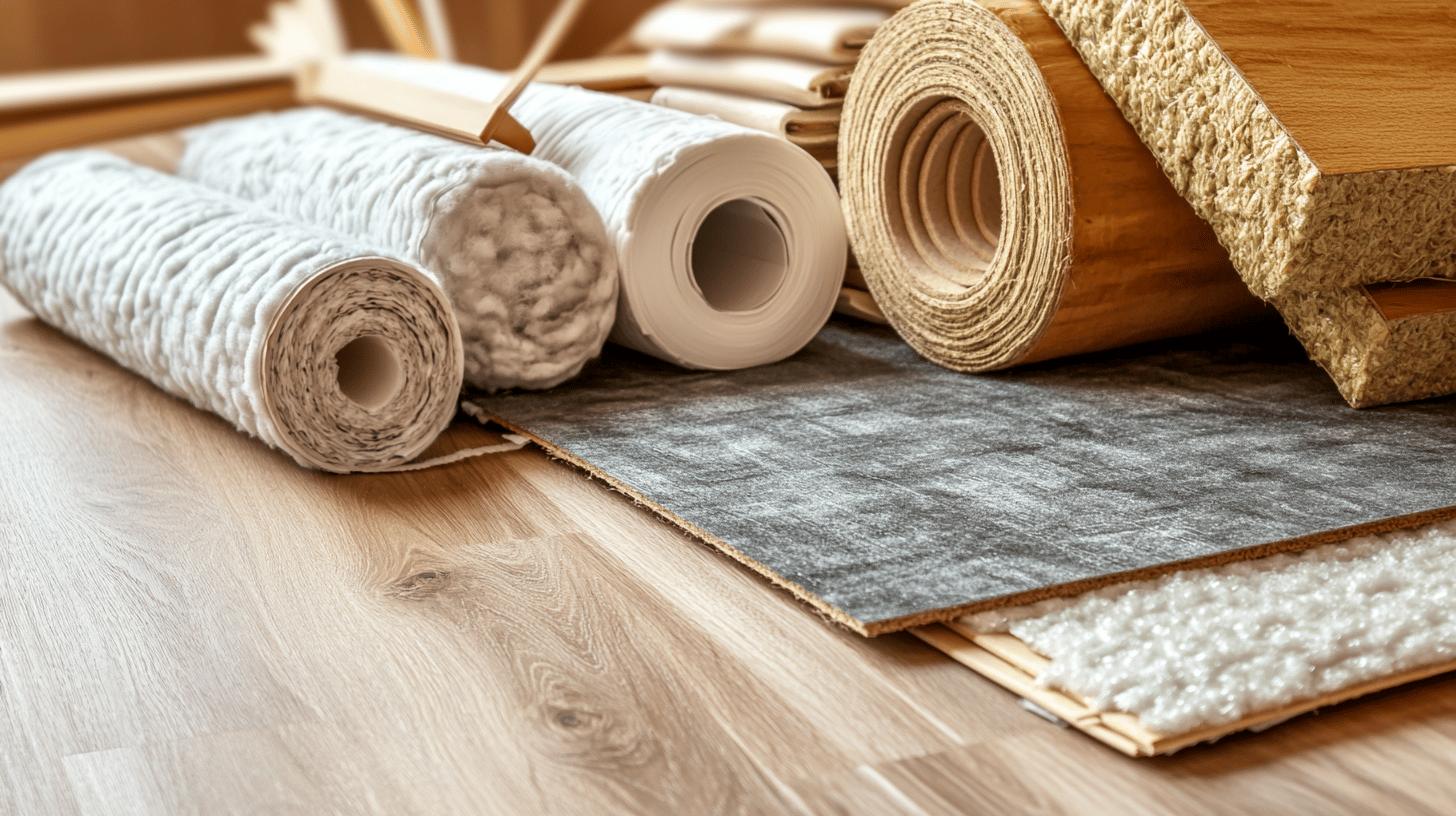
The cost of soundproofing wood floors can vary significantly, depending on the selected solution and the specific requirements of the apartment. Affordable options like Impact Sound Reduction Membranes offer a cost-effective way to reduce impact noise by approximately 28 decibels. These membranes are less intrusive and generally easier to install, making them suitable for budget-conscious projects. In contrast, full soundproofing systems, which can reduce noise by up to 60 decibels, involve more complex procedures such as subfloor removal and the installation of acoustic mineral wool. This comprehensive method incurs higher costs due to the need for extensive materials and skilled labour, but it provides superior noise reduction capabilities.
Ryan’s Restoration offers competitive pricing and expert services that cater to a range of soundproofing needs, ensuring value for money. Their expertise allows clients to effectively balance cost with noise reduction efficiency, tailoring solutions to fit both budget constraints and acoustic requirements. By offering a variety of soundproofing options, from simple membrane installations to complex full subfloor transformations, Ryan’s Restoration helps clients achieve the desired sound quality in their apartments without unnecessary expenditure.
Factors influencing the cost of soundproofing:
- Type of soundproofing material and installation complexity
- Size of the area to be soundproofed
- Labour costs and professional expertise required
Tips for budget management without compromising on quality:
- Assess the specific noise issues to choose the right solution
- Consider phased installations to spread costs
- Engage reputable professionals for accurate cost estimations and quality assurance
Final Words
Navigating the complexities of Wood Floor Acoustics in apartment buildings highlights the vital need for soundproofing. Understanding the distinctions between impact and airborne noise is essential for effective solutions. Various sound-dampening strategies, including impact reduction membranes and full soundproof subfloors, offer diverse levels of noise reduction and cost efficiency. Proper installation techniques, from glued membranes to acoustic mineral wool, further enhance these systems’ effectiveness. Choosing the right materials and considering cost implications are crucial steps in ensuring a peaceful living environment. Successfully addressing these challenges improves both aesthetics and quality of life in apartment flats.
FAQ
Q: What are the best wood floor acoustics sound-dampening solutions for apartment buildings?
Impact reduction membranes and full soundproofing systems are the best solutions for dampening sound on wooden floors in apartment settings. Membranes can reduce impact sound by approximately 28 decibels, while full systems may lower noise by up to 60 decibels.
Q: How can I dampen sound in an apartment?
Installing soundproof underlays or using full wood floor soundproofing solutions effectively dampens sound in an apartment. Soundproofing materials, such as acoustic mineral wool and mass-loaded vinyl, are also effective in reducing noise transmission.
Q: Is it legal to have wood flooring in flats in the UK?
Under UK law, there is no outright ban on wood flooring in flats. However, landlords or building regulations may impose rules requiring adequate soundproofing to prevent noise issues that could lead to disputes or legal challenges.
Q: Can I place any materials on apartment floors to reduce noise?
Yes, using materials like high-density foam underlays, acoustic mineral wool, or impact sound reduction membranes on apartment floors can significantly reduce noise levels, both for impact and airborne sounds.
Q: How can tenants reduce noise on wooden floors in flats?
Tenants can reduce noise on wooden floors by installing soundproof flooring materials like floating membranes, acoustic underlays, or thick carpets. These measures help to minimise impact and airborne sound transmission.
Q: What are the legal requirements for soundproofing flooring in flats?
The legal requirements for soundproofing flooring in flats often depend on local council regulations or building codes. Generally, occupants must ensure adequate soundproofing to avoid noise disputes with neighbours.
